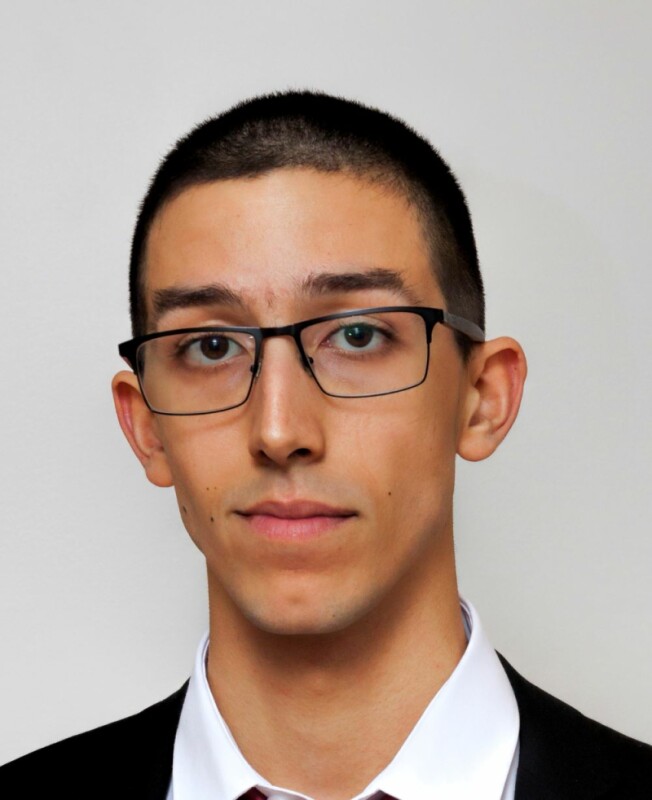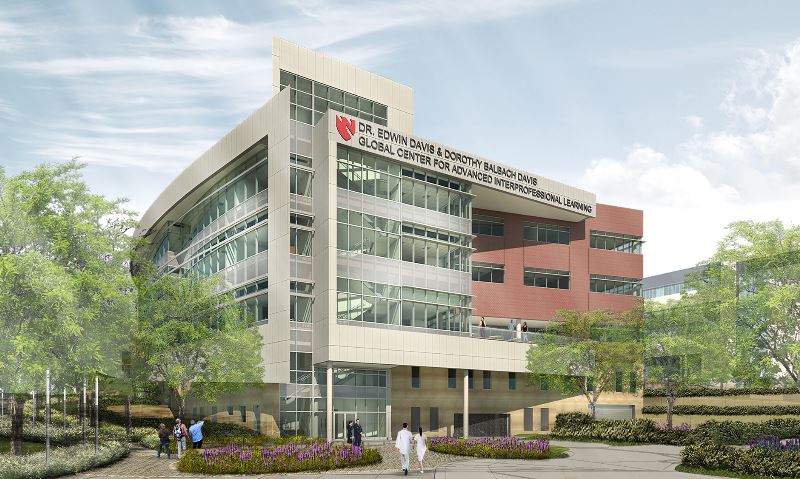High investments in virtual and augmented realities within the healthcare industry are something not seen every day, but the University of Nebraska Medical Center has just made one.
With an eye toward using these technologies to improve quality and safety, preparing physicians and nurses for the future, and replacing an outmoded educational model, the University of Nebraska Medical Center (UNMC) is building a new 192,000-square-foot training facility: the Davis Global Center, in Omaha.
Funded through a combination of private donations and money from the City of Omaha, State of Nebraska, and U.S. Department of Health & Human Services, the $118.9 million facility will focus on a more “hands-on” approach through the usage of new technologies. The UNMC thinks this is the right path to take, instead of the traditional, theoretical educational model that is “under serving a generation of new digital learners.”
UNMC Chancellor Jeffrey Gold said in a statement: “The more experience, the more practice, the more hands-on opportunities we get, the better off we are to deliver high quality, safe, effective and patient-centered care. This center will achieve all of those goals and continue to bring Nebraska to the epicenter of the learning world.”
The Davis Global Center will feature replicas of hospital settings where students and health professionals alike can practice treating lifelike, computer-driven mannequins. It will also make use of UNMC’s iEXCELSM (Interprofessional Experiential Center for Enduring Learning) program, which provides realistic simulated care environments using advanced simulation technologies, as well as Virtual and Augmented Reality (VR/AR), and holographic technologies.
VR is an important tool in the learning process, where it can be used as a diagnostic tool, or for medical tests like X-rays, scans and blood tests to help determine the cause of a particular medical condition. This often removes the need for further investigation, such as surgery, which is both time consuming and risky.
AR is great to provide on-the-job information. For example, during a surgery, computer generated images are projected onto the part of the body to be treated or are combined with scanned real time images.
As we’ve discussed in the past on a AR/VR market overview article, the industry is growing and will most likely be part of our everyday lives in the future. Investments like UNMC’s one are here to prove its growing success and how useful both technologies are.
The Davis Global Center facility is set to open by fall 2018.






